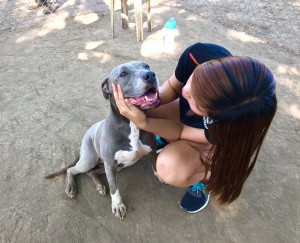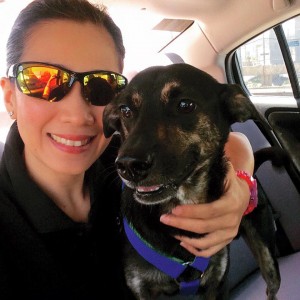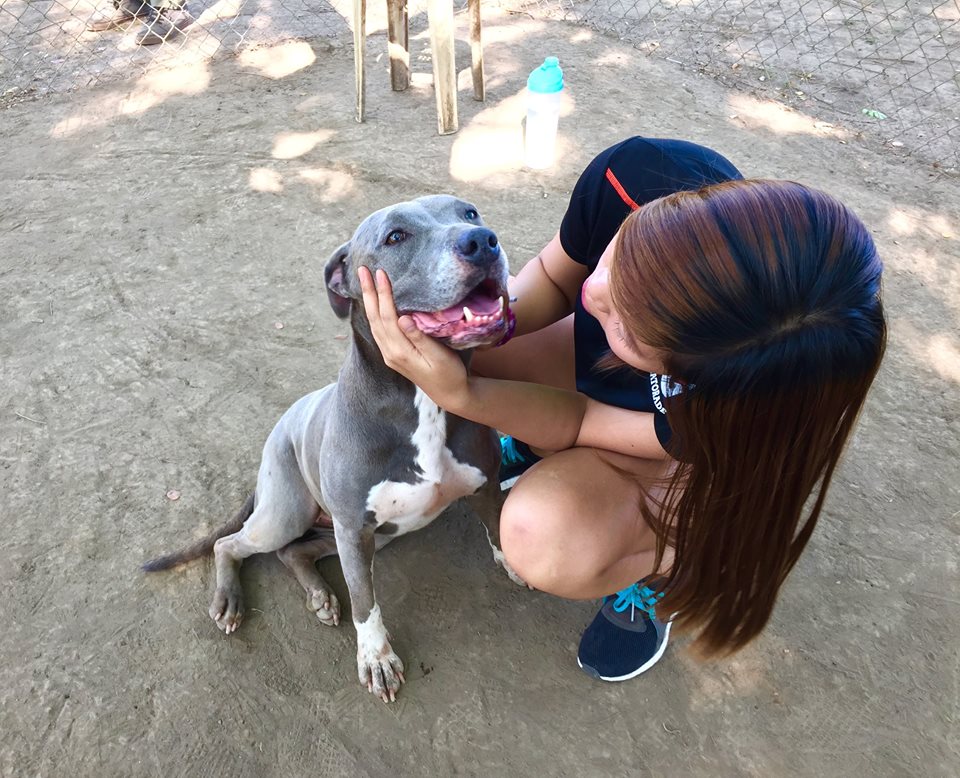Despite being domesticated after hundreds of years, in some ways, animals still remain a big mystery to most humans. How do their minds work? What do they really want? Are they happy? Are they mad? Are they sad? How do they determine if I’m friendly? Even for creatures like dogs and cats, those who have lived with us as companions for centuries, there are still barriers that we need to address when it comes to effective communication.

But have you ever noticed how this one friend of yours effortlessly prances around animals, without a care, and for some reason, the animals automatically respond in a nice, non-aggressive way? This friend of yours that seem to have a “Snow White” effect wherever you guys go? And then you’d wonder, “How do they do it? Do they even know that they’re doing it?”. Chances are, it’s a mixture of both, and unfortunately, animals do prefer these certain individuals over others.
Animals communicate in ways both similar and different to how we humans communicate with each other. Like us, they do have their specific forms of vocal communication, often represented through respective onomatopoeias like “Arf” or “Meow”. They also have physical forms of communication where actions speak louder than “Baa”, for instances like mating, grooming, and overthrowing the current alpha. Even more complicated is the fact that some animals can express themselves through electrocommunication, like eels, where electroreceptors detect any nearby generation of electric fields. Definitely, this is not what your friend does to create bonds with Mother Nature’s other creatures.
Having established this, we realize that animals, including our pet dogs and cats, communicate in ways humans should be able to easily recognize. The difference between people who seem to attract them and people who don’t is simply this: the former pays more attention to cues and body language.

What we’ve learned in our years of domesticating dogs and cats is that Bantay won’t outright tell us that he doesn’t like how the kid is pulling his tail, nor will Miming give an explanation as to why the claws are suddenly out. It takes a certain level of patience in order to sit down, observe, and study animal behaviour, taking note of the things that they like or the things that get on their nerves. It also takes a certain level of maturity to recognize that animals are not here to bend to our wills – they are here as our companions, and as with any human companion, they need to be understood and they need to communicate, in order for us to develop lasting partnerships and enjoy meaningful experiences. It’s not an easy thing to master because in a way, communication is something that cannot be fully mastered, it being a discipline dependent on many other factors such as personality and environment. The bottom line here is that attracting animals would require from us the same elements needed in order for us to attract other people: respect, compassion, time, and open-mindedness.
Most likely your Snow White friend understands all of this, whether knowingly or intuitively, which is why it is so easy for animals to feel at peace with them. It really is all about reading physical and behavioural cues, being patient and listening to what the other party is trying to say before recklessly doing something to sever the connection. Other studies, in fact, explore psychic explanations for these instances, where animals are attracted to certain auras and energies surrounding specific individuals. This is something that is harder to prove, but is also most likely a possibility, given that animals almost always follow instincts in everything they do. There is a reason why they can sense coming disasters and we can’t (at least not all the time).
So the next time you feel envious of people who do so well with animals, take some time to really sit down and observe what they’re doing. See what the animals are doing and how these individuals respond to the cues that are given. Chances are, the answers would most likely be in the smallest and purest of moments, which one will see only if they look hard enough.

Practice your animal communication skills and create that special connection today by adopting your next best friend from CARA Welfare Philippines!

